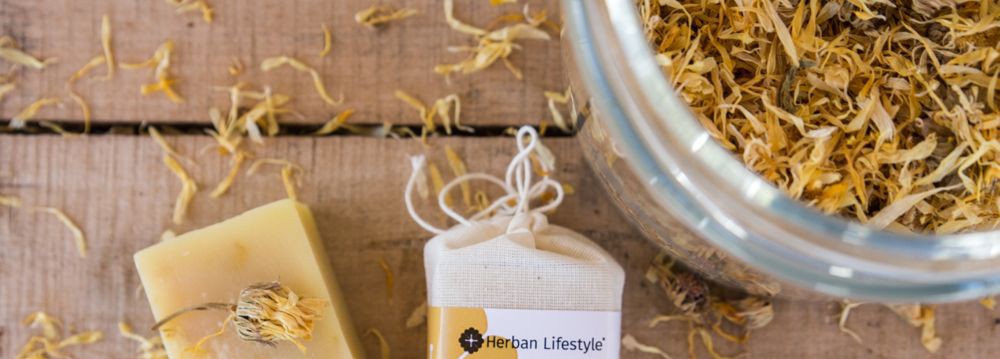Just a few months after I started my business, I came across Paul Newman’s book, “In Pursuit of the Common Good,” and had to buy a copy. I was always a huge fan of his; he was not only incredibly handsome, but he was an amazing actor, top-tier auto racer, and strong advocate for social justice. While I never had the good fortune of being introduced to him (although I did almost bump into him – literally – in the stairwell of his Westport, CT office), all my friends who knew him said that he was an incredibly kind, generous and down-to-earth guy.
But anyway, back to why I bought Newman’s book. I had recently started my business making organic and natural bath and body products. Being part of the broader crafting community through various online groups, I ran into an interesting phenomenon. There were many other bath and body product producers who claimed to make natural and organic products, but when I mentioned the idea that I didn’t want to use chemical preservatives, some got up in my face and starting writing in ALL CAPS that it is dangerous and irresponsible not to use them. They warned that I would kill my customers with bacteria, yeast, fungi and molds. Given that people have been making soaps and creams, etc. for a long time before the advent of “Better living through chemistry,” not to mention the fact that companies like Badger Balm, Pangea Organics and Dr. Bronner’s have not been (to my knowledge) killing their customers in large numbers, I thought those statements might be a bit of an overreaction.
In Newman’s book, he describes the adventures he had in developing, manufacturing and distributing his famous salad dressing. Back in the early 1980s, when he began approaching companies to manufacture and bottle his recipe, there was no such thing as “all-natural” salad dressing. He finally found a bottling company willing to produce his dressing, but they tried to convince him that he had to use chemical preservatives, or his dressing would spoil quickly. They also wanted him to add other chemical agents and gums. But he refused to allow any chemicals in his products. So they gave his recipe to their chemists to test the formula.
Interestingly, testing showed that the combination of olive oil, red wine vinegar and whole grain mustard made a natural gum (no other dressings used olive oil or red wine vinegar at that time, instead opting for cheaper, lower-quality, refined soybean oil and white vinegar). In addition, the chemists found that the natural gum from the ground mustard seed had the same chemical effects as EDTA (a chemical preservative used in all dressings at that time), and the olive oil had a much longer shelf life than refined soybean oil, which together eliminated the need for preservatives. On top of this, the bottling company agreed that it was a far better tasting product than anything else on the market at the time. And here we are 30 years later, with 10s of thousands more chemicals than we had then, many of them used in our food, personal care and home cleaning products.
Two weeks ago, I had the good fortune of sitting in on a web conference sponsored by the American Sustainable Business Council where Dr. Paul Anastas was the speaker. Anastas is the Assistant Administrator for Research and Development for the Environmental Protection Agency. He is also the Director of Yale University’s Center for Green Chemistry and Green Engineering, where he has been on leave since joining the EPA.
Anastas quoted John F. Kennedy by saying, “The greatest enemy of the truth is very often not the lie – deliberate, contrived, and dishonest – but the myth, persistent, persuasive, and unrealistic. Belief in myths allows the comfort of opinion without the discomfort of thought.” Anastas feels that one of the greatest myths of our time is that “we have to use toxic substances to have quality of life.” Luckily, as Anastas pointed out, “green chemistry is helping us to belie this myth.” I thought of Paul Newman’s salad dressing adventures, and how he helped to dispel the myth that we need chemicals in our food to make it taste right and not spoil on the shelf.
And I thought of Newman when Anastas emphasized that the only way that the chemical myth is going to change is if we keep showing people how safe alternatives can not only work, but often work better. Anastas says that as advocates of the environment and human health “We have to be relentless in letting people know [the chemical myth] is not the case.” And with an increasing number of widely distributed products from companies like Newman’s Own, Badger Balm, Dr. Bronner’s, Pangea Organics, Seventh Generation, Method and so many more, the true is becoming more and more obvious.
[tweetmeme source=”herbanlifestyle” service=”tinyurl.com”]







